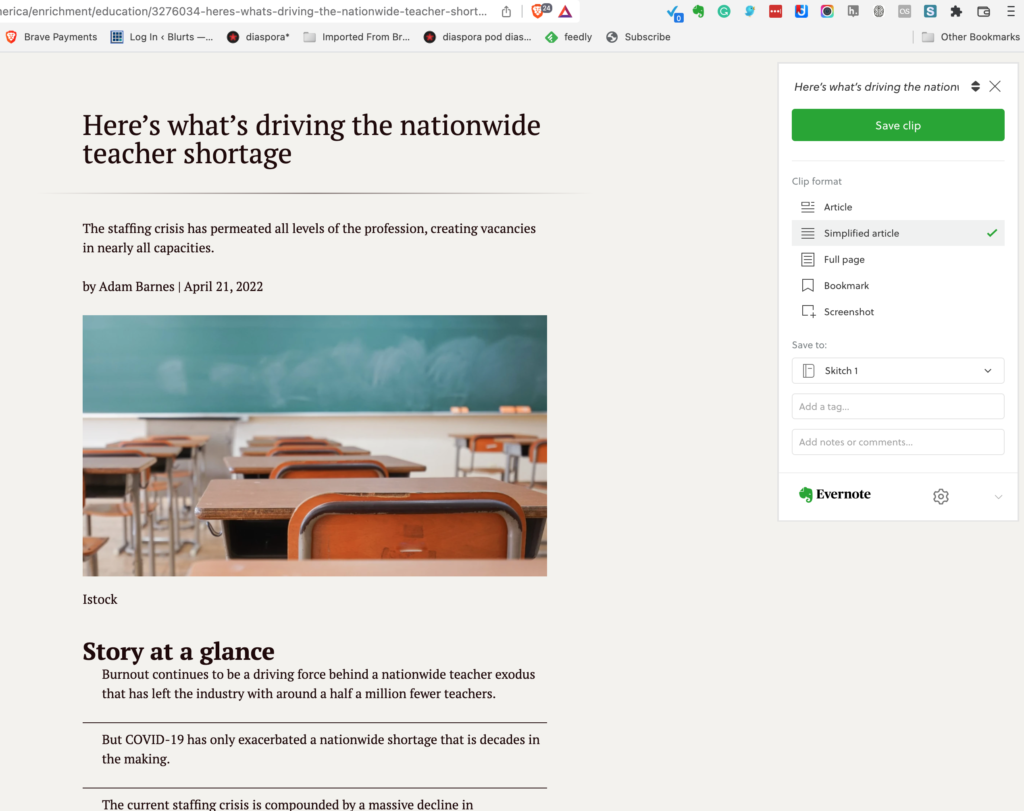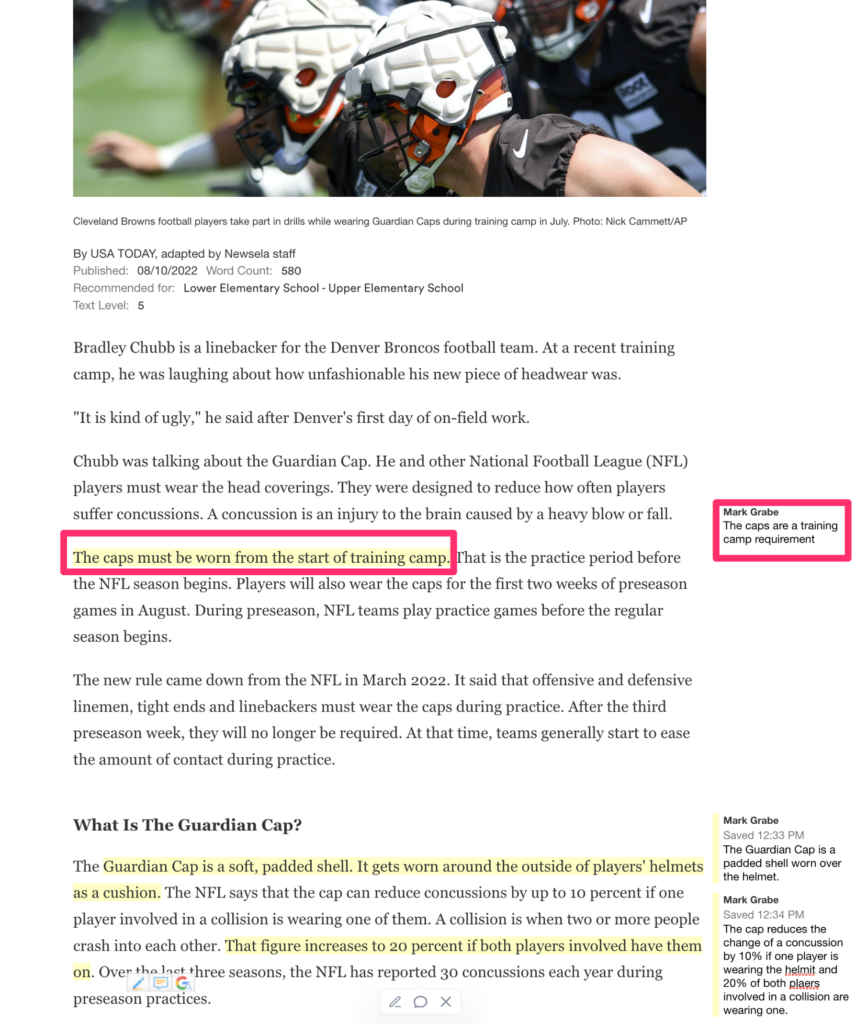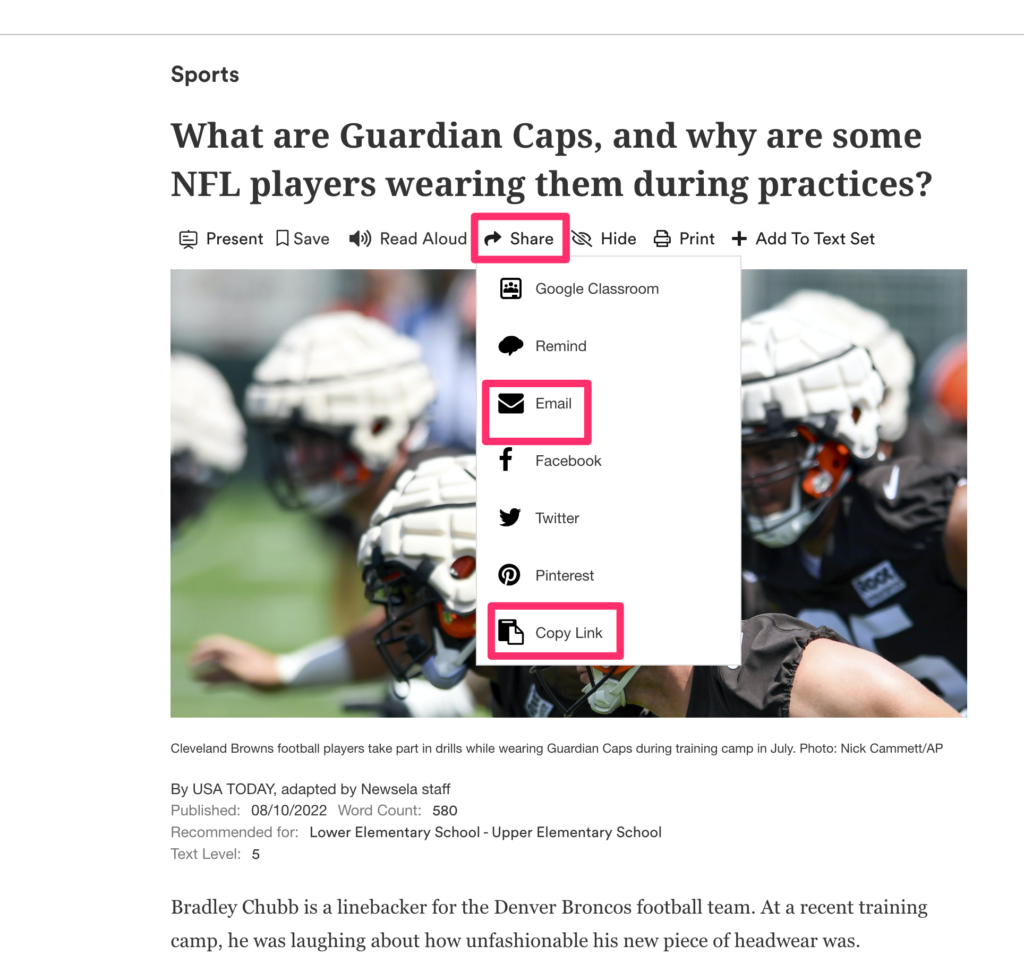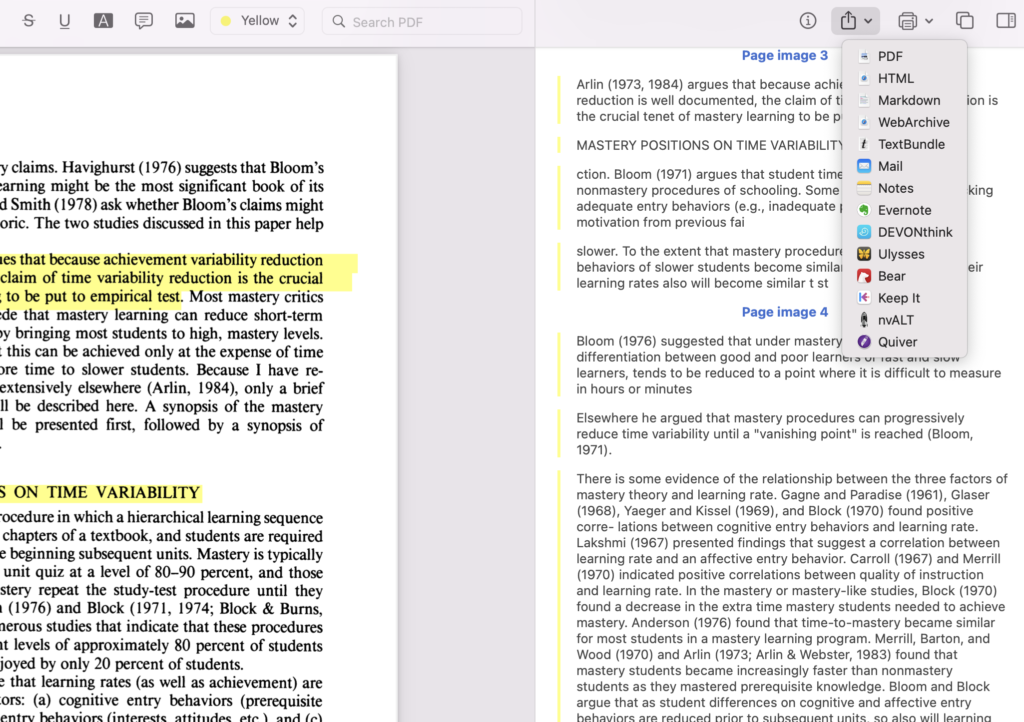I have become quite interested in the history of attempts to use technology to support personal productivity. Rather than begin at the stage of visionary speculation (e.g., Vannevar Bush’s Memex), I will use my own history of using digital technology to generate written products. A point to consider from the beginning of this description – what follows depends on my own recollection of the features of the digital tools I have used which may be incomplete or flawed. I am more certain of the chronology of tools.
Most of my academic work involved reading what others had already written and using my understanding of these inputs to guide my own research and writing. In a career that covered 40+ years, this involved reviewing hundreds of books and thousands of journal articles in order to produce a number of research articles, a couple of books, and more recently thousands of blog posts. Technology played a role of even my early writing if you count learning a markup language that was used to generate a dissertation initially stored on 80 column computer cards. Let’s ignore the next decade or so and skip ahead to time associated with the availability of the personal computer.
I would like to focus on what has come to be described as a second brain. My early research interest in classroom note taking has always caused me to use the description of “external storage” which was accurate at the time, but now seems too narrow. I now see the use of digital tools as striving for more than just storage. I don’t like term second brain because the phrase is too ambiguous. I think in terms of a verb – externalization. Digital tools may result in an internal record, but getting to what is stored externally is also important and understanding the value of the process or work flow enabled by digital tools is very important. This work flow is also external.

Looking back and looking forward
In preparing my comments on this topic, I have considered several ways to explain both my personal experiences and how I see progress in using technology to facilitate knowledge accumulation and the creative process. Looking back and looking forward popped into my head as a way to explain an important aspect of how the use of technology has evolved within this domain.
In my own career, my early work typically began with general reading of books and academic journals. There were certain topics I emphasized, but I knew it was wise to at least broaden what I read to topics I might cover in the classes I taught. In this exploration, I took notes on what I decided was useful and/or important information. Once in a while, I encountered an idea that really intrigued me and I wanted to make certain I would add to the topics I talked about with students or perhaps I wanted to incorporate into my research and writing activities.
These more unique discoveries often motivated me to look back. The author typically offered an idea I thought was important, but also tied it back in some way to ideas recorded in other documents. To be cited, these earlier documents were older. I used the reference section of the document I was reading to identify these sources and could then locate and read the documents published at an earlier date. This process might continue through several iterations until I either ran out of time or the historical content seemed less useful.
Looking back enabled a certain kind of linking. It helped me see how ideas built on other ideas and often how ideas diverged as new information was discovered. The literature itself has built in linkages and by following these connections I could built my own understanding and sometimes generate an external representation of this understanding.
The limitation of looking back while helpful was that it did allow an easy way to look forward. I could make crude efforts such as trying to find newer work the authors I read had generated, but this was not an easy process. If you are familiar with Google Scholar, you are familiar with a technological innovation that allows a form of looking forward. Google Scholar accumulates the citations from published work and provides a list of articles that cite an article you target with a search. This collection of citations offers a way to consider how work that follows the searched article used the information in the article you identified. What applications were attempted and how did they work? What limitations were considered and were these limitations proven to be valid. Have some of the core ideas been extended in useful ways? Now, I had to do the work of reading the new material I thought might be informative and often draw my own connections and conclusions, but at least the web of citations Google Scholar makes available is a way to start.
A twist on my way of thinking might be understand this as a social system. It is not a purposeful system as might be involved when a group of individuals works with each other to contribute to a summary valued by all. There are now digital tools for such efforts. It is simply a way to cross reference connections others have observed.
Technology-enabled discovery functions involving methods beyond the example of looking forward I have just described are the area in which I see most innovation occurring.
Technology supported thinking
Supported is the key word here. We still do the thinking, but technology can allow supports that compensate for some important limitations of the cognitive system. Retrieval makes a good example. We often know things were are unable to recall when information would be useful. The search features of technology tools often can substitute for our own efforts at retrieval.
The developments I want to describe can be understood as the evolution of reference managers. By evolution, I mean tools originally designed to store, organize, search, and export the citations stored as references have become much more and now have become external environments within which the user can think by discovering new information to expand how existing ideas are understood and gain understanding by summarizing and speculating about what others have proposed.
A technological reference manager was originally a way to store references either by the entry or importing of citations. Once entered, references could be augmented by tags, annotations, and perhaps the abstract of the original document and connections to the full document as a pdf. Having this content in a digital format allows retrieval by search and the surfacing of other stored documents containing the same search phrase or tag. Aside from the value of just having such information in a form allowing easy retrieval, reference managers saved users a lot of work by allowing citations to be output in a format that could be used as a reference section for written outputs. As an example, I used EndNote for many years. I don’t mean to imply that EndNote is a primitive reference manager as tools of this type have become more powerful over time.
I would argue that an important extension of such reference managers occurred when the tools encouraged users to write earlier. If you consider the role of tools in the process of moving beyond storage and retrieval more toward personal application, writing earlier means that a tool is used closer in time to the original exposure (reading, listening) to record personal insights, interpretations and possible applications. So, I might collect references over many years in anticipation of eventually using the sources in writing something original. Rather that wait until I want to write something to review and then trying to find ideas in my digital database of resources, I now create summaries of my ideas upon initial reading which may make later application of the content still embedded in multiple documents (perhaps highlighted) much more efficient. When I am initially reading something, the context is right there making it easier to personalize ideas I might have. I cannot necessarily anticipate how ideas will eventually be used but I can avoid much of the time and effort required to reread what might or might not be useful to get to the point of reactivating an understanding of a primary source. There is also cognitive value in generating personal summaries for understanding and transfer and while such summaries could be stored external to the type of tools I am describing here, connecting such summaries with the citation and pdfs offers some advantages for retrieval and contextualization.
I use the following tools to add annotations, notes, and highlighting to pdfs (both are Apple tools). There are many similar tools.
I extract some of my summarizations and organize them in Obsidian.
Discovery seems to be moving to AI
I would recommend any of the tools I have mentioned to anyone wanting to keep track of useful sources they have discovered. I am now going to describe some opportunities that are attempts to extend the cognitive benefits of what I have described using artificial intelligence (AI).
When I described Google Scholar as forward looking, I was describing a service that identifies other sources that are related in some unstated way to an earlier source. What if the discovery of associated content could be identified in other ways? Our own memory often works through association. One idea makes us think of something else and sometimes noticing this connection turns out to be very useful. Perhaps it is a connection we have not considered before. The AI applications I am describing here attempt to do something similar. As I understand the process, the AI creates summaries that are stored and then attempts to locate similarities across other generated summaries. In some of these cases I have explored, the units of association are smaller than an entire document. You can read a summary of one approach and determine if my interpretation is at least close. Such possible connections may exist unnoticed in summaries you have already stored yourself or perhaps in summaries generated by others working on the same issue. Once discovered, you can consider the possible connection and determine if you think there is something valuable in the relationships you explore.
Here are some of the efforts using AI I have been exploring. It is too early for me to offer personal comments about the usefulness of these tools as effective use would seem to require I create a significant amount of stored content the systems can use to identify connections.
These examples are available for exploration. Mem X strikes me as something I might pay to use ($10 a month) after an exploration phase. The Mem X note-taking app has an advanced feature called smart search that allows what the developers call serendipity. The purpose of this feature which seems the main differentiator from the free Mem is this capability of knowledge discovery (among teams) and rediscovery for each individual. Semantic Scholar (wikipedia description) is available now and Semantic Reader is under development with some examples available for exploration.
One final comment. The final tools I list and the more general common on AI refer to tools that support the work of thinking. The distinction between support and thinking itself is important. I doubt that traditional sresearch will surface evaluating the value of such support. Unlike the work I studied years ago that evaluated the value of taking notes (the generative function) and external storage (the value of consulting these notes at a later time), the value of suggested relationships among ideas would be difficult to investigate in a controlled fashion. This is likely to be a topic that will rely on anecdotal reports from those trying something out and if the reported experience is positive the investment of time to see if the tool is helpful to you. I don’t think we are really to the point yet that even the anecdotal recommendations are really available. My purpose is proposing that such tools and the related explorations by individuals are underway. You can join the exploration if you are so inclined.
124 total views






You must be logged in to post a comment.